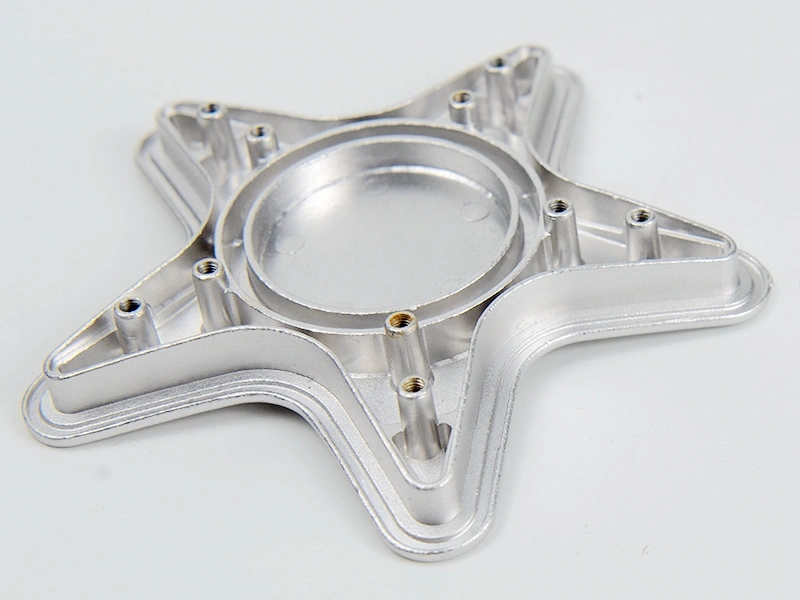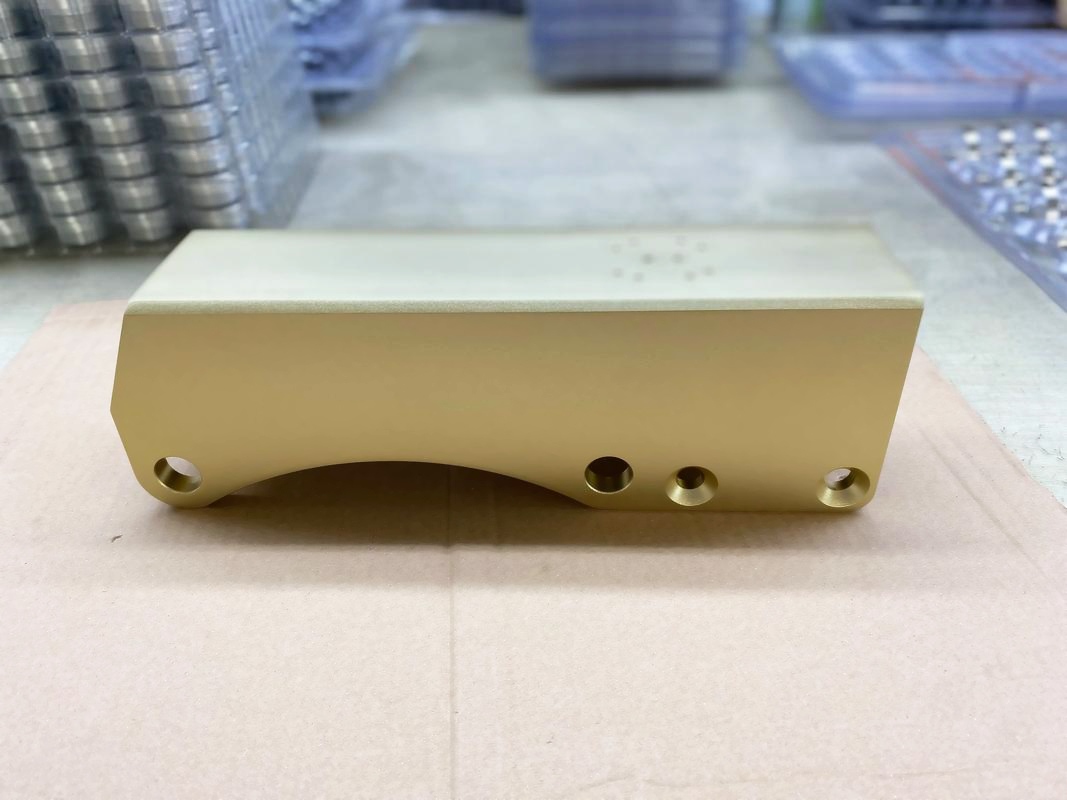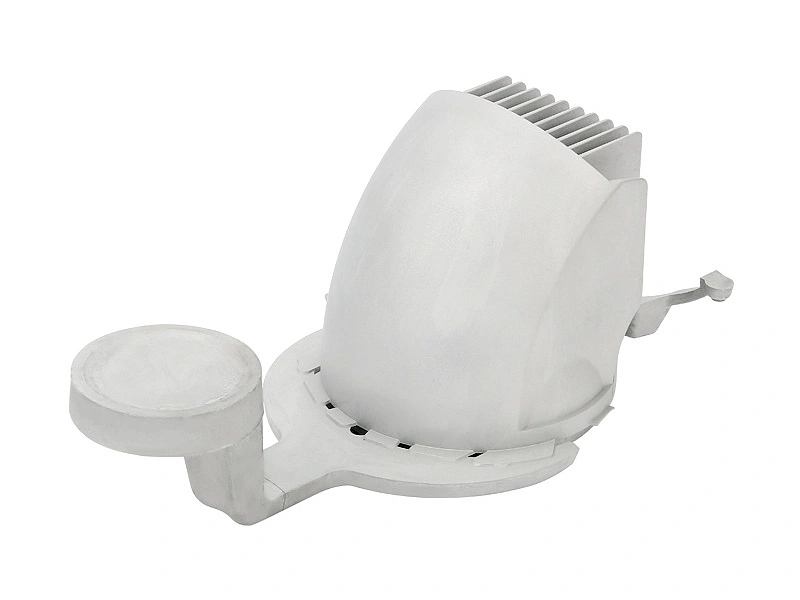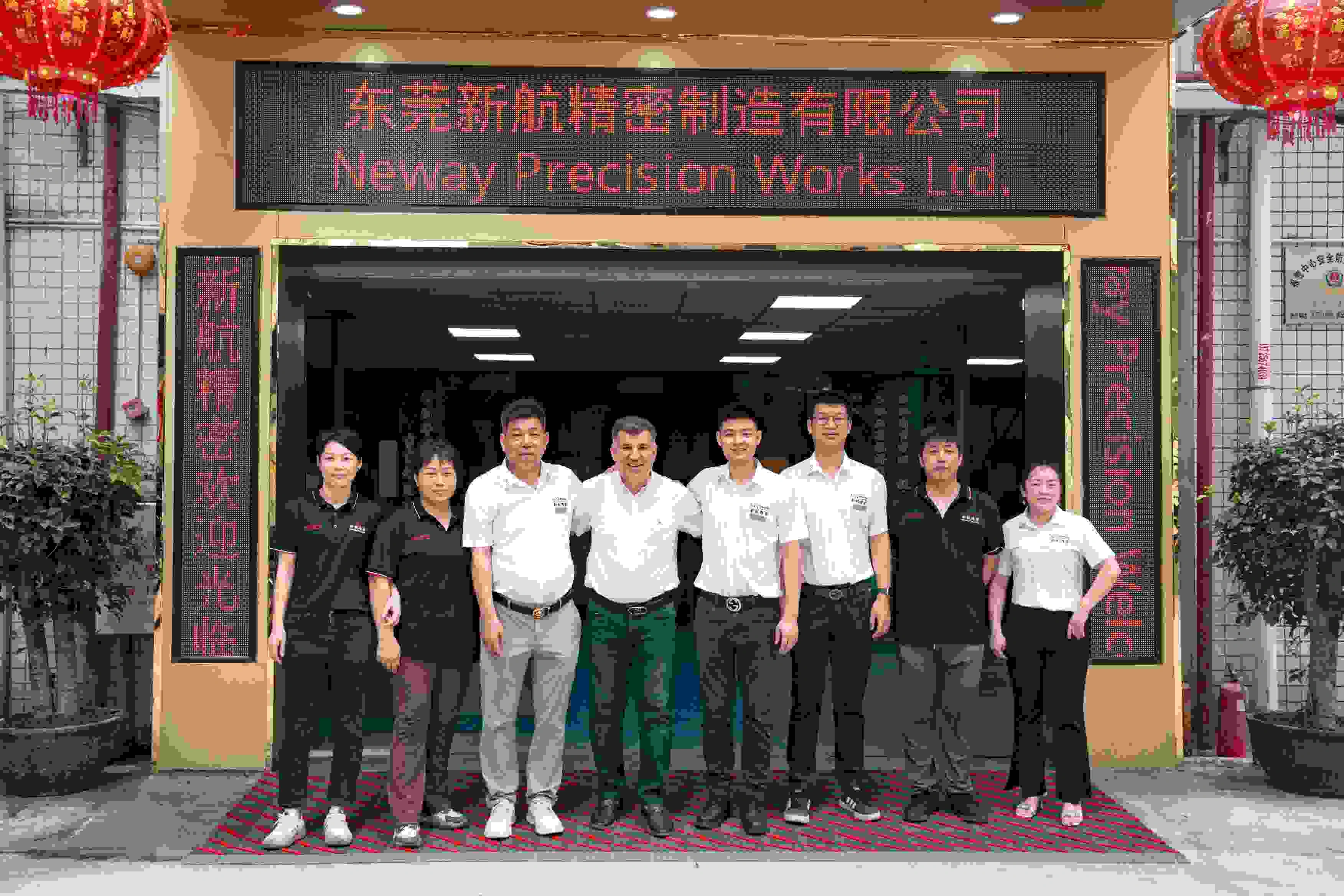What finishing processes are available for aerospace-grade castings?
What Finishing Processes Are Available for Aerospace-Grade Castings?
Anodizing for Corrosion Resistance and Surface Hardening
Anodizing is one of the most commonly used finishing processes for aerospace-grade aluminum castings. Alloys like AlSi10Mg and A356 are ideal candidates. Type II sulfuric acid anodizing improves corrosion resistance, while Type III hard anodizing enhances surface hardness (up to 500 HV) and wear resistance—critical for components exposed to abrasion or sliding contact. Anodized layers are uniform and add minimal thickness, typically between 12–50 μm.
Powder Coating for Environmental Protection
Powder coating provides a durable and uniform coating suitable for non-structural aerospace components, such as electronic housings or interior mounts. This electrostatically applied coating resists UV, chemical exposure, and chipping, making it a practical solution for components exposed to harsh conditions. It also allows for color-coding, which is useful for maintenance and installation.
Precision Post-Machining for Tight Tolerances
After casting, aerospace components often undergo post-machining to meet strict dimensional tolerances. This includes CNC milling, drilling, and turning to achieve final geometries with tolerances down to ±0.01 mm. Finishing steps like reaming and surface grinding may be included for precision mating surfaces or sealing interfaces.
Painting for Identification and Anti-Corrosion
Painting is used for both aesthetic and protective purposes. Aerospace-grade coatings such as epoxy or polyurethane-based paints provide resistance to jet fuel, hydraulic fluids, and high humidity. Components like brackets, covers, and housings may be finished with MIL-DTL-53039 or MIL-PRF-85285 compliant coatings.
Sand Blasting and Tumbling for Surface Uniformity
Sand blasting and tumbling are mechanical finishing processes that remove surface oxides, sharp edges, or minor flash from die castings. These processes prepare surfaces for secondary finishing like anodizing or coating, ensuring better adhesion and uniform appearance.
Recommended Services for Aerospace Casting Finishing
Neway provides a full range of post-processing and finishing solutions tailored for aerospace components:
Anodizing Services: For corrosion resistance and surface hardness improvement.
Post-Machining Services: Achieve precision dimensions and critical surface finishes.
Powder Coating & Painting: Protect aerospace parts from wear, UV, and corrosive environments.
Our finishing services ensure that aerospace-grade castings meet industry standards for durability, appearance, and functional performance.



